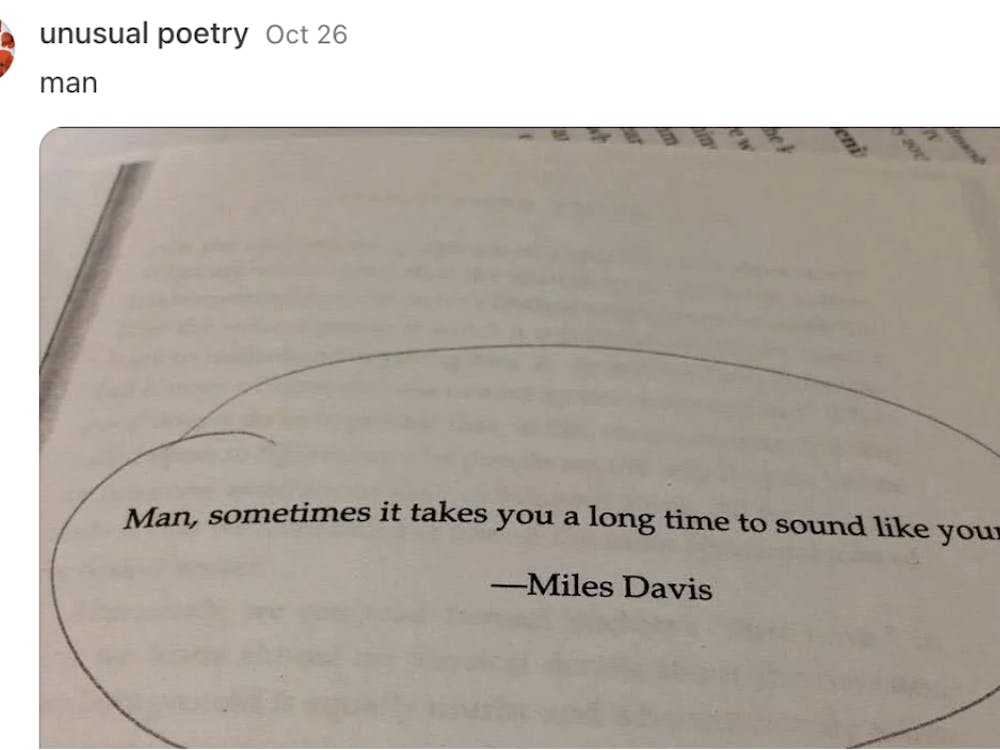Hello. My name is Will Marcus and I am a sugar addict. I’ve always been the trouble-maker with his hand in the cookie jar, and Halloween is still my favorite holiday. I’ve likely eaten hundreds of pounds of sickeningly sweet indulgences — from deep fried twinkies at the Texas State Fair to delicate souffles at that swanky steak house. Before I proceed in this article I would like to make one thing abundantly clear: I regret nothing. That stuff was indeed delicious, but now it’s high time to make a change.
Last semester I wrote a piece about how our brains are maladapted to the world we live in — I will echo the sentiment here. Millions of years of evolution as nomadic hunter gatherers, struggling endlessly throughout life to eat a paleolithic diet have left us with a severely mis-calibrated mesolimbic pathway (reward center). This makes sense. Berries and other sugary fruits are a wonderful source of safe carbohydrates that would have provided the primitive hunter-gatherer much needed energy — the sugar rush would have been real. Thus over millions of years, hominids evolved to release large amounts of dopamine upon tasting sweetness.
As an experiment, completely avoid anything even remotely sweet for two weeks and then eat a slice of grilled red bell pepper — the sweetness of it will overwhelm you — a cinnamon roll or slice of cheesecake would actually be unpalatable. This is how it should be. This means your reward center is beginning to recalibrate itself to its natural state. Have you ever noticed how that first bite of pumpkin pie after Thanksgiving dinner is a lot sweeter than the last bite? That means that you’ve temporarily numbed yourself to the pleasure of sweetness. Your dopamine pathways associated with the taste need an hour or two without stimulation to reset sufficiently to where they can once again perceive sweetness with the same intensity as that first bite.
One decade ago the average American consumed 22 teaspoons of added sugar per day. This figure has likely risen since then. We are all addicted to sugar, and our food system aims to keep things this way. The American food system adds tremendous amounts of sugar to food you wouldn’t ever expect with the hopes that your desensitized taste buds won’t be able to pick out the sweetness from the other flavors. You’ll be left wondering why that processed pasta sauce was so good. Prego Traditional Pasta sauce contains 50 grams of sugar in an average two-and-a-half cup jar. A normally sized bottle of Sweet Baby Ray’s Barbecue sauce contains a whopping 210 grams of sugar. There is enough sugar in that bottle sauce to glaze 25 Krispy Kreme donuts.
In conclusion, I just want to raise awareness about how dangerous the supermarket can be to the untrained eye. Even if you don’t wish to break your sugar addiction, please be conscious of all that sugar you don’t even know you’re eating.




